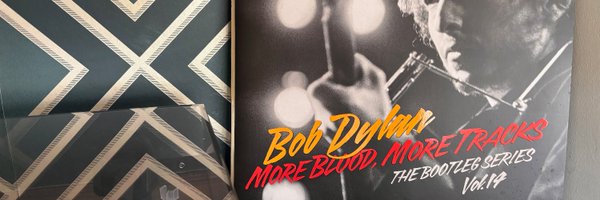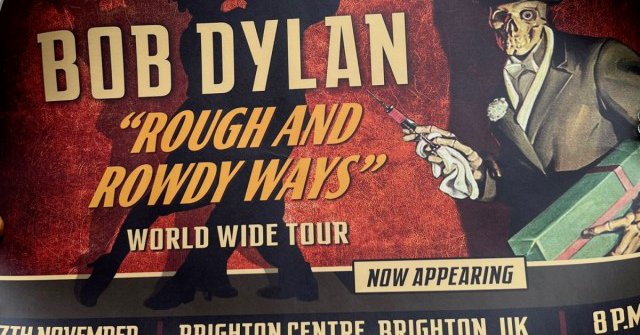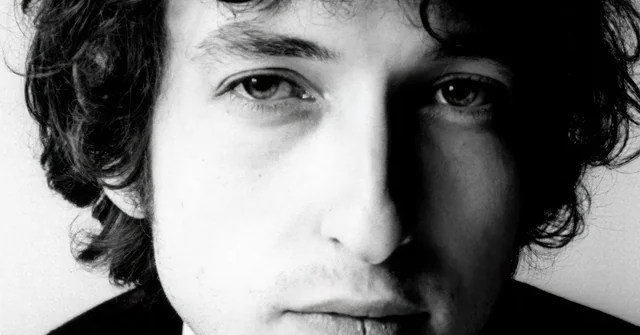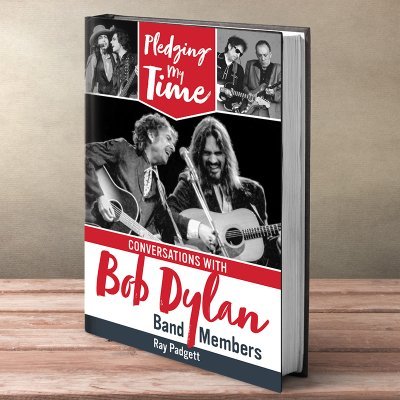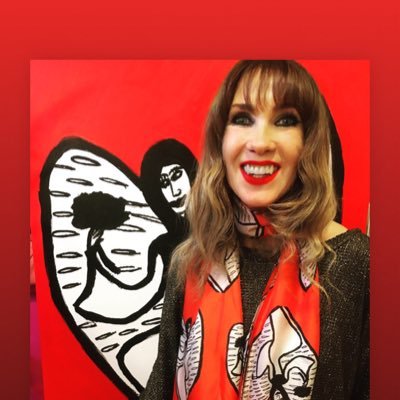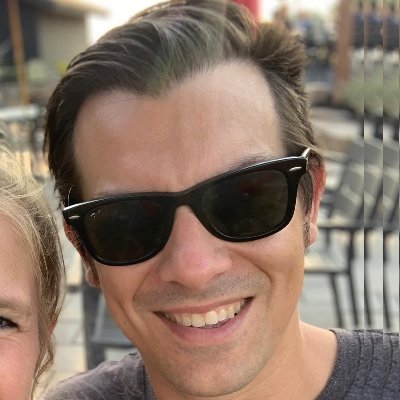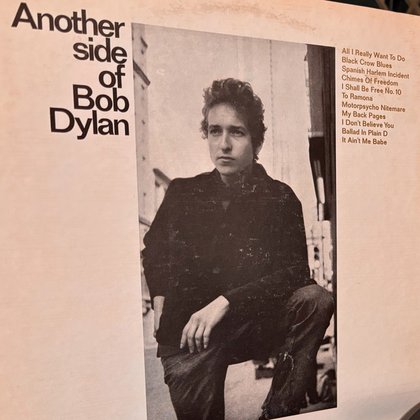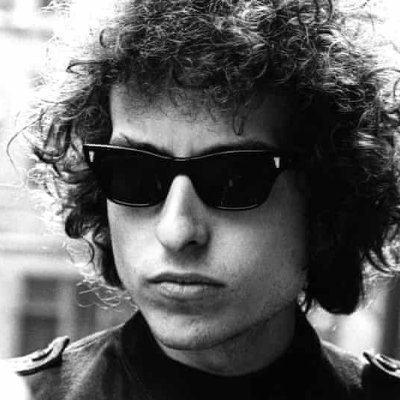
DylanRevisited
@DylanRevisited
Followers
5K
Following
8K
Media
3K
Statuses
9K
Revisiting Bob Dylan's back catalogue one album/bootleg/live record at a time. Support me on Patreon: https://t.co/NIJHkGsKHx
Joined August 2021
��Judas” “I don’t believe you…you’re a liar” “Play fucking loud” Revisiting that infamous 1966 electric show - link 👇
1
2
27
I’m so grateful to @bobdylan for honouring @ShaneMacGowan tonight at the @3ArenaDublin with a most exquisite cover of Rainy Night in Soho on the eve of our wedding anniversary ❤️❤️❤️❤️❤️
54
212
2K
Bob Dylan — A Rainy Night In Soho. Dublin, Ireland. November 25, 2025 https://t.co/uKP5fnSHSd
4
22
155
I'm selling two tickets for English Teacher at The Roundhouse in London tonight (Wed. Nov 26th). £49 for the pair - that's below cost price. Get them at https://t.co/WDboVAUJHB Or get in touch if you want to buy direct.
0
0
0
Such sad news about Jimmy Cliff. What an absolute legend he was ! The Harder They Come is one of the best albums of all time IMO
9
24
270
This is a good read by @charli_xcx on being a pop star: https://t.co/vyYM26TFQg. Some of the ideas about expectations, the "connection between fame and moral responsibility" and the limitations others try to impose on an artist will be familiar themes for Bob Dylan fans.
0
0
0
Paul Brady talks about teaching Bob The Lakes of Pontchartrain
1
8
57
Bob Dylan — The Lakes of Pontchartrain. Killarney, Ireland. November 23, 2025. nm recording https://t.co/hcDF9FzjNK
15
32
221
@DylanRevisited Great article. I’ll be playing Bob for the rest of the day now. 😁
1
1
3
Another Side of Bob Dylan is the subject of the latest episode of the Dylan Revisited podcast. Revisiting classic songs like Chimes of Freedom, It Ain't Me Babe and To Ramona - plus sidebars on Cher, The Byrds, Johnny Cash and Bruce Springsteen. https://t.co/pz20yNhEAl
0
3
10
When the bass line is the star. RIP Mani https://t.co/sfZ7gPs684
2
7
16
